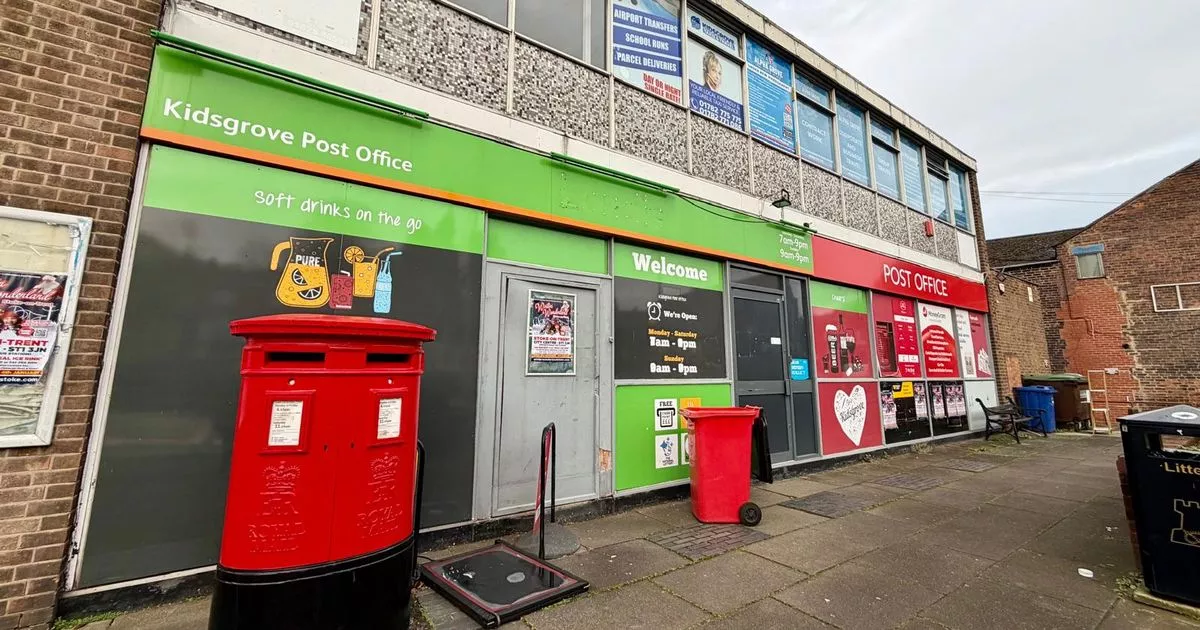A first-class letter stamp is now £1.65, soon rising to £1.70 – in 2012 it was just 60, the 52-year-old BBC and ITV star has said.
Martin Lewis has issued a “last chance” warning to anybody buying stamps – as the price looks set to skyrocket. A first-class letter stamp is now £1.65, soon rising to £1.70 – in 2012 it was just 60, the 52-year-old BBC and ITV star has said.
Martin Lewis, founder of MoneySavingExpert.com, said: “For years, every time stamps go up in price I’ve suggested people stock up and bulk-buy in advance, as provided the stamp doesn’t have a price on it and instead just says the postage class, it’s still valid after the rise.”
He said: “So while it’s not a huge saving this time, you still may as well stock up now.” From 7 April, the price of a first-class stamp will increase by 5p, or 3%, to £1.70. The cost of the second-class service is going up by 2p, or 2.4%, to 87p.
READ MORE HMRC urges any parent earning under £200,000 to claim free £2,000 perk
In a statement Royal Mail blamed the need for price increases on rising costs. “We always consider price changes very carefully but the cost of delivering mail continues to increase,” said Nick Landon, its chief commercial officer.
“A complex and extensive network of trucks, planes and 85,000 posties is needed to ensure we can deliver across the country for just 87p.” A decade ago Royal Mail was delivering 20bn letters a year but that has shrunk to 6.7bn.
It could drop to 4bn within four years, a report has also warned. Over the same timeframe the number of addresses it serves has risen by 4m, meaning the cost of each delivery continues to rise, it said.
Royal Mail was fined more than £10 million in December by the postal regulator Ofcom for missing its delivery targets, as more than a quarter of first-class mail arrived late.
“Ofcom has recognised that reform is urgently needed to protect the one-price-goes-anywhere universal service which requires Royal Mail to deliver letters to about 32m UK addresses six days a week,” Landon said.
“Reform will allow continued investment in the modernisation and transformation of the business to provide a more financially sustainable service.”
Source link


